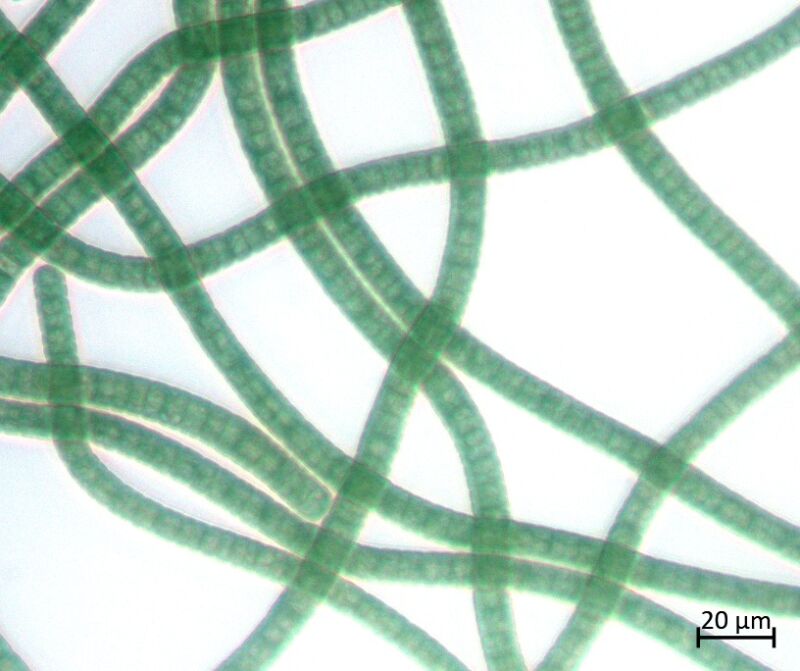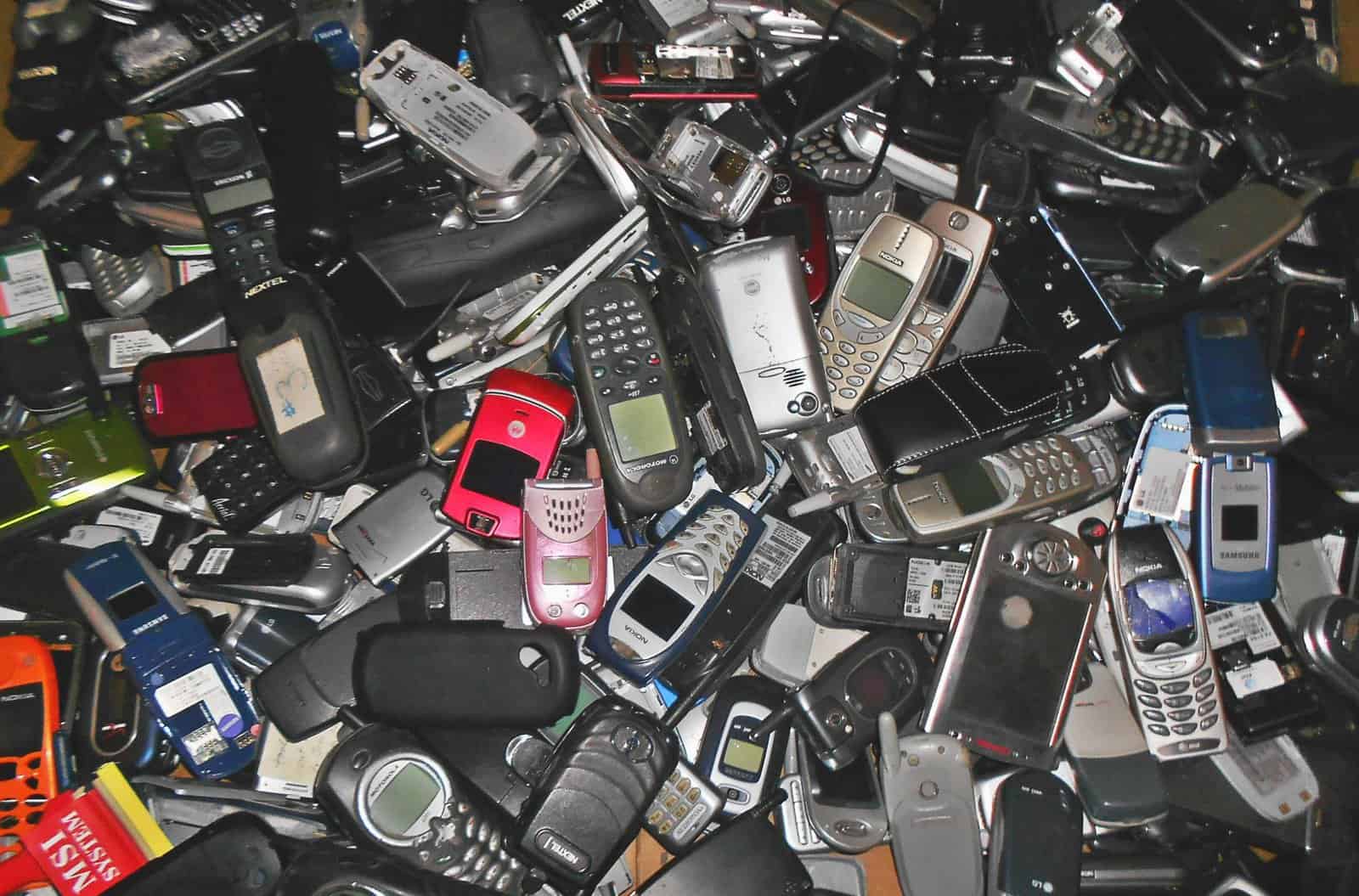
Demand for rare-earth elements is growing and may reach 315,000 tons by 2030. Meanwhile, more than 40 million tons of e-waste—trashed computers, cell phones, and other electronics—is generated each year. Some of that waste contains the same valuable elements that face rising demand.
Over the years, several notable methods have been suggested for recovering spent or waste-based rare-earth elements, such as urban mining or nano-filtration systems in streams. One persistent idea is to use microorganisms such as bacteria to “bioabsorb” the desired substances—a passive biological process in which the organisms bind and remove the substances from an aqueous solution. The technology hasn't yet been rolled out at an industrial level, but some researchers suggest that their most recent findings represent a big step forward.
In a recent paper, Thomas Brück, a professor at the Technical University of Munich who studies synthetic biotechnology and sustainability, and his colleagues describe identifying 12 exotic cyanobacterial species that are particularly good at absorbing rare-earth elements. These species could be used to reclaim desirable elements, while also cleaning up the land and the water. “(i)t's not something we predicted in any way,” Brück told Ars.
The unusual suspects
The research was six years in the making. The team began screening a variety of algae and bacterial species, but none of them absorbed rare-earth elements particularly well. So, they turned their attention to a dozen species of cyanobacteria. Some came from environments that were particularly inhospitable to most forms of life. For instance, Lake Natron, which is both unusually alkaline, with a pH at around 10, and sees temperatures that can reach 60º C (or 140º F). According to Brück, it’s unclear whether how these organisms evolved to thrive in these environments contributed to their ability to gobble up rare-earth elements.
Often, the species came from incredibly specialized habitats like arid desert soils in Namibia, the alkaline Lake Natron in Chad, rock crevices in South Africa, or polluted brooks in Switzerland. These were “really unique, extreme environments,” Brück said.
Most of these bacteria had not been assessed for their potential for bioremediation before. In the lab, the teams subjected cultures of the different species to aqueous solutions containing the rare-earth elements lanthanum, cerium, and neodymium, then checked to see how well they held the elements to their surface using infrared spectroscopy.
One previously uncharacterized species of Nostoc cyanobacteria performed the best. Its bioabsorption of the four rare-earth elements from the solutions pulled in between 84.2 and 91.5 mg of metal per gram of biomass. The worst performing was Scytonema hyalinum at 15.5 to 21.2 mg per gram of biomass. The paper noted, however, that how well each candidate performed depended on acidity and that the processes were more efficient when there were no other metals in the solution to compete with the targeted rare-earth element.
The dirty, er, clean dozen
It’s also possible, and relatively easy, to get the desired rare-earth elements back out of the biomass. It would simply be a matter of altering the solution’s pH—using an acid or something like lye—or salinity. The elements would functionally just “wash” out from the biomass. Returning the solution back to its previous state would then allow the process to start over again, meaning the cyanobacteria cultures could be reusable.
“It's not a one-shot deal where at the end of the binding you have to burn the biomass to recover your metals,” Brück said.
Researchers or industrial actors could create bioreactors—specialized vessels containing microbial biomass—for several future uses. For one, they could be used to collect rare-earth elements from e-waste dumps, though this would require turning the e-waste into a form that is usable by the microorganisms. This would provide environmental benefits by removing waste from these areas and potentially creating jobs in parts of the world to where e-waste is regularly shipped from the Global North, locations like Nigeria, Ghana, and Tanzania. Next, Brück added, they could be used to clean out and recover these elements from industrial runoff, such as from mining or from the chemical industry.
According to Brück, the research could represent a big step forward. From this point, the researchers hope to scale up significantly—something that has yet to happen in the field. They plan to work with partners in various industries to do so, although that’s a tricky prospect given that it’s a fairly specialized process: It’s not like growing corn in agriculture, nor is it like traditional metal-refining methods. All the same, the researchers are hopeful about the results.
“I think we are at a step right now where we can say, ‘Hey, we can make this work,’” Brück said.
Frontiers, 2023. DOI: 10.3389/fbioe.2023.1130939 (About DOIs)



3175x175(CURRENT).thumb.jpg.b05acc060982b36f5891ba728e6d953c.jpg)
Recommended Comments
There are no comments to display.
Join the conversation
You can post now and register later. If you have an account, sign in now to post with your account.
Note: Your post will require moderator approval before it will be visible.